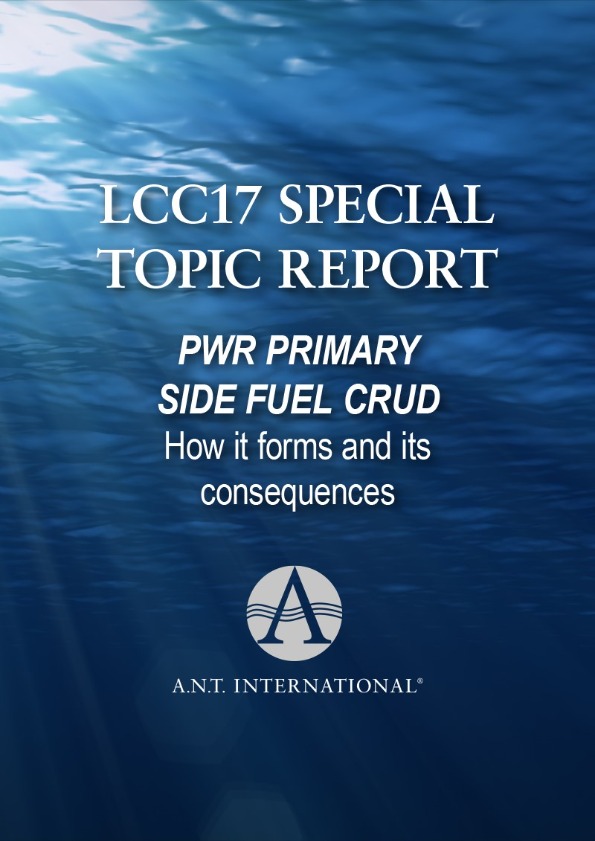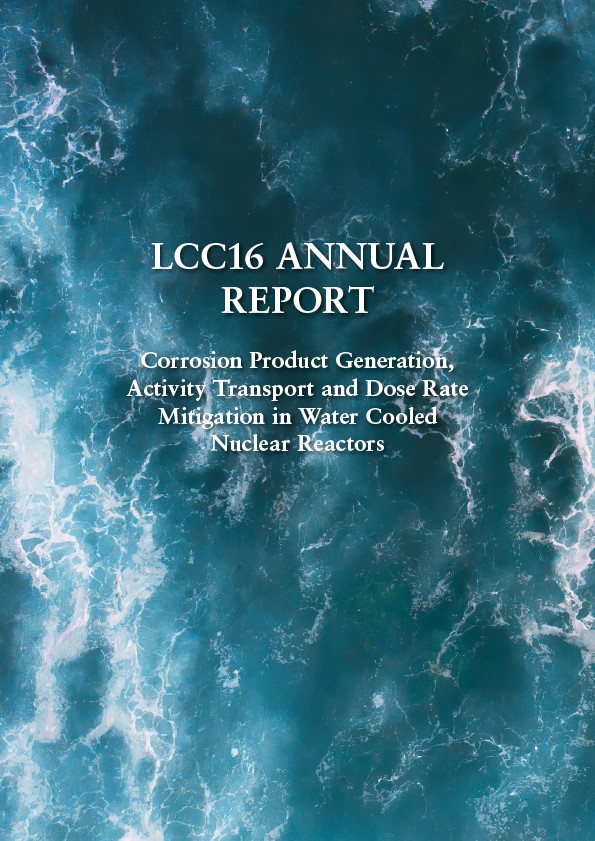Fuel Reliability Assessment Through Radiochemistry and Poolside Examinations (LCC20)
Nuclear power plants are capable of operating safely with leaking fuel in their cores and have done so on many occasions. Fuel failures affect three principal areas: radiological safety, core and plant operation, and costs. With increased fuel reliability, the effects of leaking fuel on each these areas are heightened. The issue of secondary degradation is particularly severe because of the large increases in radiation exposure that such events can cause in the primary coolant and clean-up systems.
The use of radiochemistry for the detection and tracking of leaking fuel will obviously not prevent failures from occurring, but can provide information for mitigating the radiation exposure, operational and economic consequences. The objective of this report is to identify methods for detecting failed fuel and assessing conditions associated with leaking rod(s) during operation in an NPP. The report provides background for understanding the capabilities and limitations of the tracking and assessment methods.











